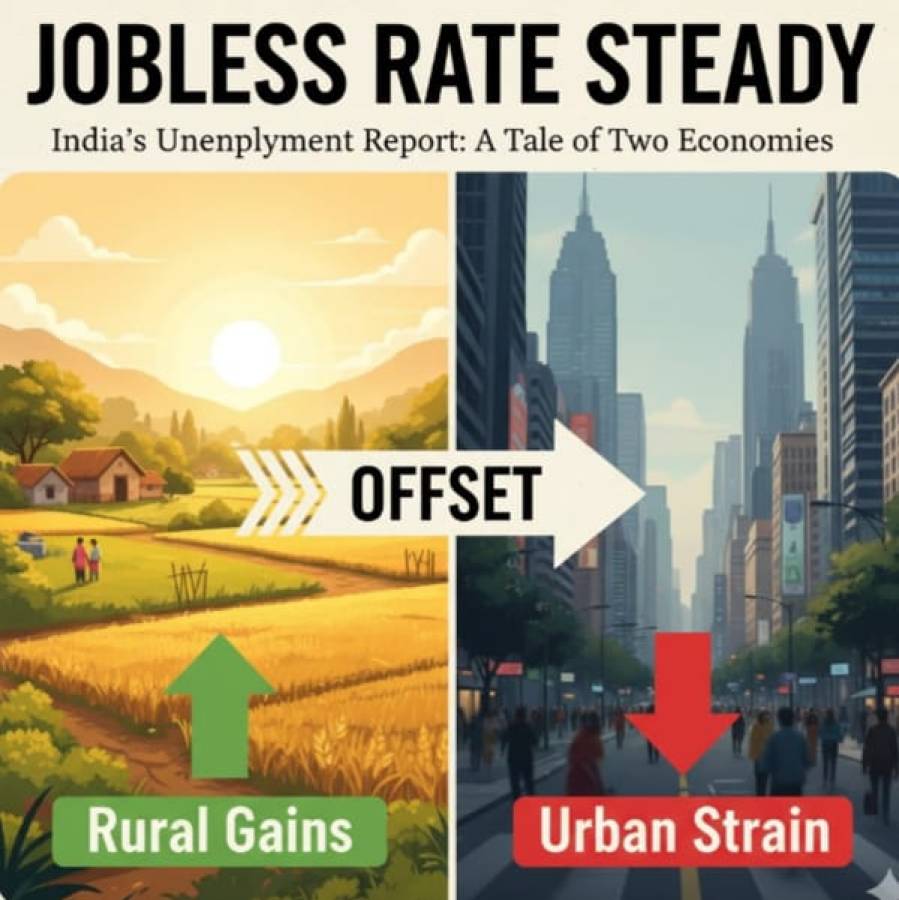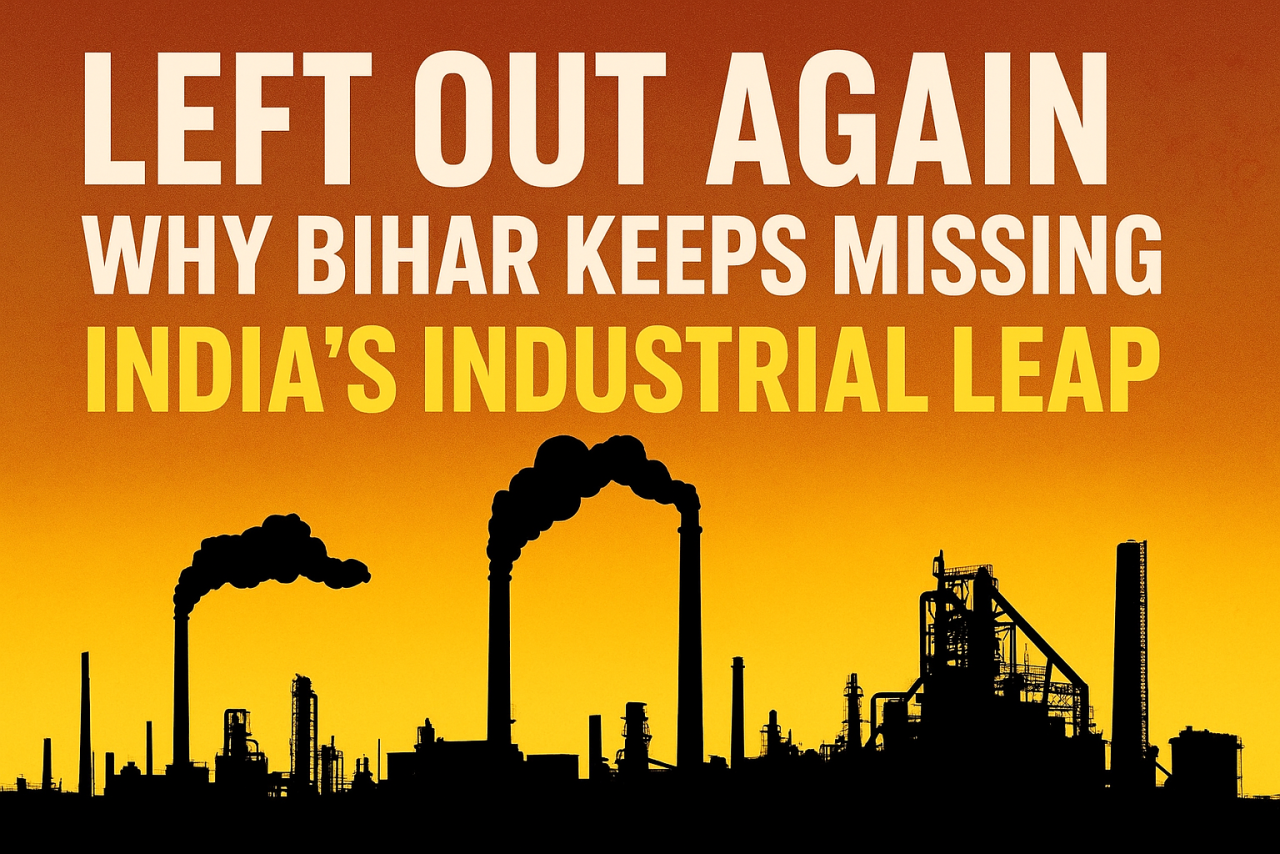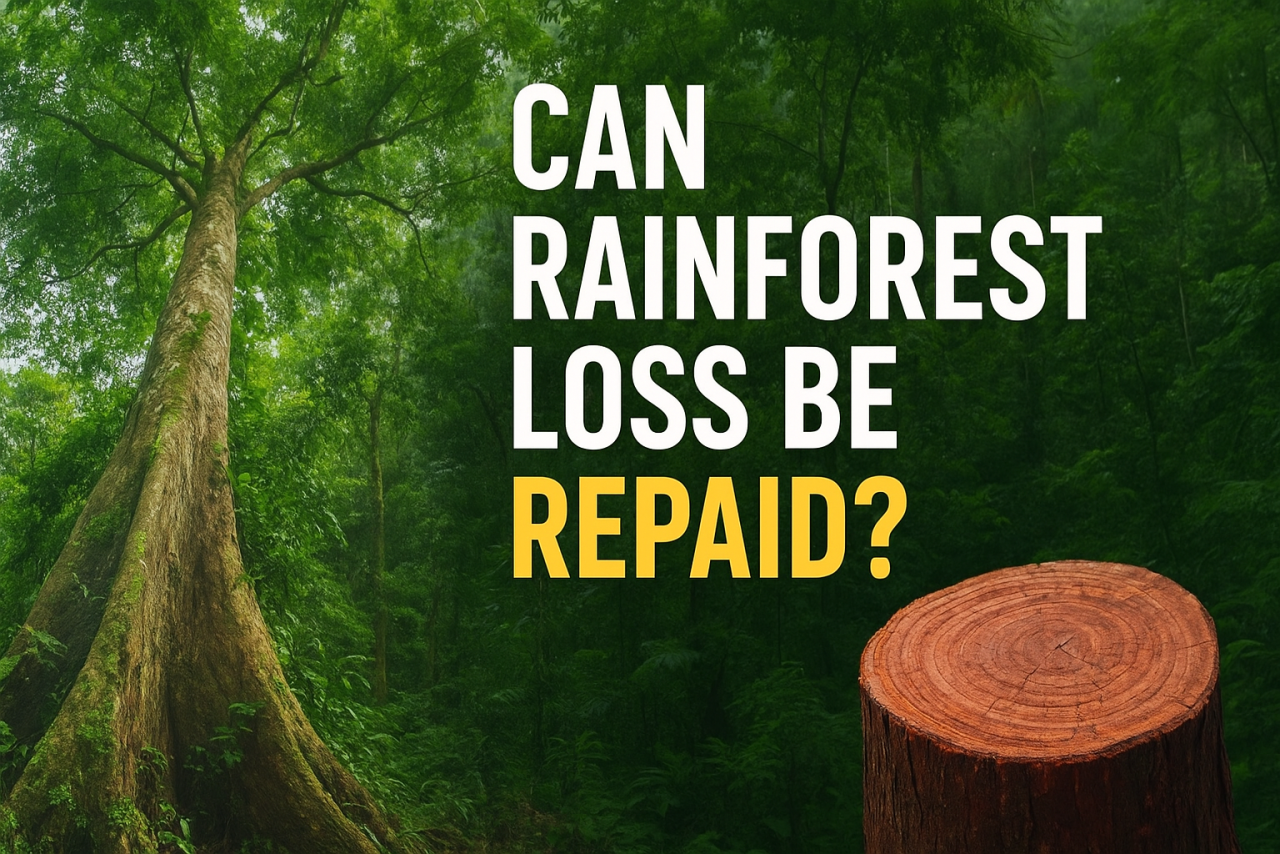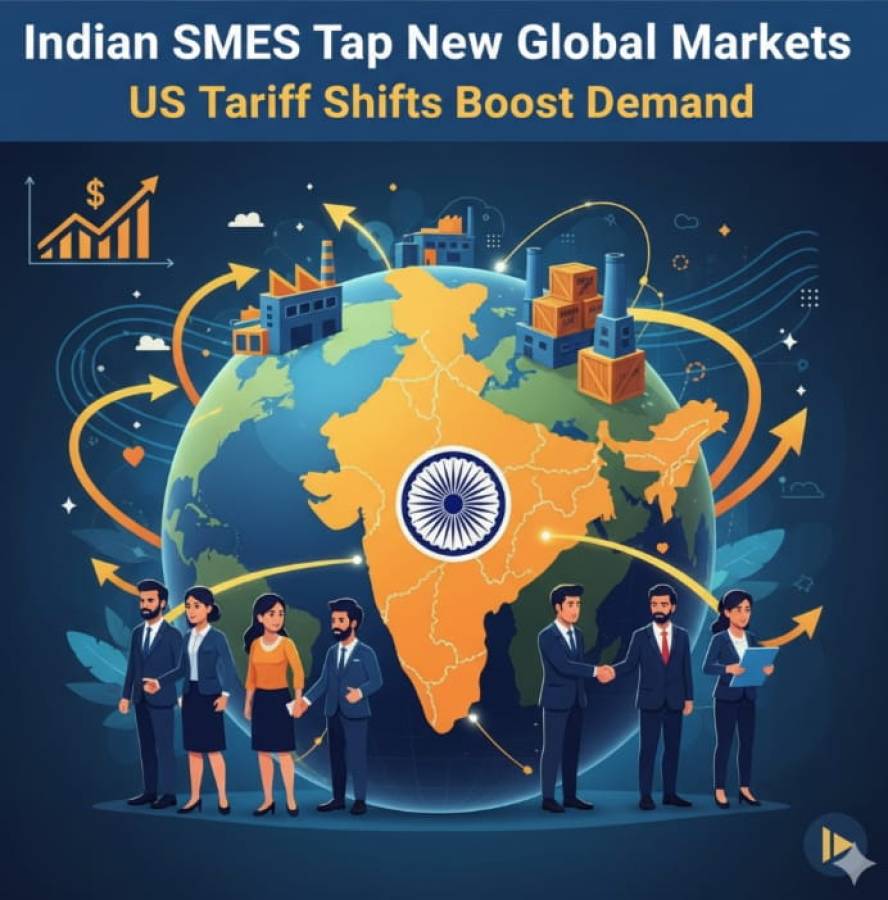
Global trade often finds its pivot not in summits or speeches, but in the quiet churn of cargo—barrels, bales, and, in this case, bags of fertilizer. India’s latest bid to rebalance its economic rapport with the United States has turned to this understated commodity, whose value lies not merely in its chemistry but in its diplomacy.
America, beset by the old anxiety of a widening trade gap, has turned to New Delhi with both concern and proposition. The numbers, though couched in bureaucracy, speak in unmistakable terms: India’s trade surplus with the United States has ballooned to $45.7 billion in FY24, up from $43.5 billion in FY23. According to the United States Trade Representative (USTR), India ranks among the top ten countries with whom the US maintains a significant trade deficit. While the digital economy and pharmaceutical exports fuel India’s side of the ledger, Washington’s basket remains disproportionately lighter.
To mollify Washington and perhaps lubricate negotiations for a broader Bilateral Trade Agreement (BTA)—a long-pending goal—New Delhi is considering what diplomats politely call “trade diversification.” In simpler terms: buying more from America, not necessarily because it is cheaper or better, but because it is geopolitically convenient.
Among the shortlist of commodities that could be harnessed for this realignment, fertilizers have emerged as the most promising. In FY2022-23, India imported over 22.7 million tonnes of fertilizers, spending upwards of $10.23 billion. But of that volume, a negligible $3 million worth arrived from American shores. In stark contrast, Russia, Saudi Arabia, China, Oman, and Jordan made up the lion’s share of this granulated influx. For example, Russia alone supplied over 4 million tonnes of fertilizers to India in FY23, accounting for nearly 30% of India’s total potash and urea imports.
Therein lies the opportunity: American producers, especially of phosphate fertilizers, such as The Mosaic Company, see a strategic and commercial opening. The U.S. has an export surplus in DAP (Diammonium Phosphate) production and could potentially supply up to 1 million tonnes annually to India, provided regulatory and logistical roadblocks are ironed out.
For India, this is not mere tokenism or diplomatic charity. Fertilizers are the quiet foundation of its food security apparatus, the invisible scaffold propping up the livelihoods of 140 million farmers. With an annual consumption of over 60 million tonnes—including urea, DAP, MOP (Muriate of Potash), and NPK variants—the country’s need for assured and diversified supply chains has become both an agricultural and a strategic imperative.
The Russia-Ukraine conflict, now grinding into its third year, has exposed the vulnerabilities of overreliance. With sanctions periodically upending supply lines and shipping costs fluctuating with geopolitical tremors, India’s policymakers are increasingly inclined to spread the sourcing net wider—even if that means paying a few dollars more per tonne.
Moreover, India’s fertilizer subsidy bill—expected to touch ₹2 lakh crore ($24 billion) in FY25—makes cost-efficiency vital, but not at the expense of availability. Herein lies the diplomatic equation: if American supplies are priced competitively, or bundled with long-term credit lines or technological cooperation (such as green ammonia or nano-fertilizer tech), the optics of this shift would work for both sides.
Yet, this is not only about trade and tillage. It is about signaling. By importing more fertilizers—or possibly even liquefied natural gas (LNG), rare earths, and agricultural technologies—India tells the United States what all wise nations say to their strategic partners: we hear you, and we are willing to recalibrate. The balancing act, however, is delicate. India does not wish to alienate long-standing partners like Russia, Oman, or Saudi Arabia—especially not when India’s strategic oil reserves and defense hardware still carry their imprint.
It’s worth noting that the Indo-US trade relationship has seen historic highs in other domains: bilateral goods trade crossed $128.8 billion in 2023, making the U.S. India’s largest trading partner. But while services and software sail smoothly, hard commodities—especially agricultural and mineral products—remain marooned in tariff disputes, sanitary regulations, and bureaucratic inertia. Fertilizer may now offer a neutral bridge, free of most of these encumbrances.
In return, the U.S. eyes more than just bags of potash. It envisions strategic alignment in the Indo-Pacific, stronger supply-chain interdependence, and perhaps even a counterbalance to China’s growing sway in global commodities. If India begins sourcing just 10% of its annual fertilizer requirement from American companies, that could mean a market opportunity worth over $1 billion annually for U.S. exporters—a win substantial enough to justify diplomatic investment.
Trade, as always, is the subtext of diplomacy. As India and the United States quietly ink deals behind closed doors and loud silences, a bag of fertilizer becomes more than nitrogen and phosphate. It becomes metaphor—of cooperation, concession, and the composting of old frictions into new growth.
Because in the calculus of nations, it is not always the loudest deals that change equations. Sometimes, it’s the quiet settling of fertilizer into the furrows of a distant field—half a world away—that signals a harvest not just of grain, but of goodwill.





















